Oncidium Alliance
Common name: Dancing Lady Orchid
Horticultural alliance: Oncidium Alliance
Taxonomy: Subfamily Higher Epidendroidiae > Tribe Cymbidieae > Subtribe Oncidiinae
Native range: Central and South America
Habitat: the surface of trees rocks, and occasionally the forest floor in tropical and subtropical regions with high rainfall
If you're looking at an orchid with a spray of many small yellow flowers, there’s a good chance it is an oncidium. Despite the size of their flowers, these plants have made their way into most collections. What their flowers lack in size they make up for in volume. On large specimens, a good blooming can yield hundreds of flowers.
Although we associate oncidium orchids with the color yellow, they come in a wide variety of colors. Flowers in the oncidium alliance can be yellow, orange, white, green, or brown, or even maroon, red or pink.
Another hallmark of this alliance is intricate patterning. A common expression of this is patterning in orange, brown, or maroon, set over a yellow background. Attempts to develop this patterning have been quite successful, with combinations from multiple genera producing ever richer effects. Hybridization has also produced larger flowers, and in a wider variety of colors. Oncidium alliance orchids of intense red and violet are now commercially produced and available to most markets.
The quintessential oncidium shape features an oversized fan-shaped lip, and small petals and sepals, giving the appearance of a small flamenco dancer. This has earned Oncidium orchids the common name "Dancing Lady" orchid.
The oncidium alliance encompasses many genera of orchid which are closely related. Tolumnia orchids, formerly called "equitant oncidiums" have the classic oncidium fan shape, but with variations in color and pattern. Other genera in this alliance include Brassia, which have long spidery petals and sepals with a shorter pointed lip, the fragrant Miltonia and Miltoniopsis, with their fuller "pansy" shape, Rossioglossum which have very large yellow and brown petals and sepals, as well as many others.
Arguably the most otherworldly flower in the oncidium alliance is that of Psychopsis papilio. It is the discovery of this flower which is credited with the dawn of orchidilierium, a syndrome attributed in Victorian Europe to those possessed by an urge to collect orchids.
Related genera
Ada, Aspasia, Brassia, Cochlioda, Miltonia, Miltoniopsis, Odontoglossum, Trichocentrum, Comparettia, Rodriguezia, Notylia, Psychopsis, Trichopilia, Lockhartia, Pachyphyllum, Rossioglossum, Theocostele
Description of flower
Flower spike: Upright, branching and can range in length from a few inches to over ten feet.
Color: Yellow, orange, white, green, or brown, or even maroon, red or pink.
Structure: The petals and sepals can range from being small and gently pointed, to being large and wide, long and spidery, or rising upward like antennae.
Nectar spur: None
Fragrance: Most cultivated Oncidiums will have no fragrance, but several do. The hybrid Oncidium Sharry Baby smells like chocolate, and Oncidium Twinkle has a powdery perfume fragrance.
Longevity: Four to Six Weeks.
Description of plant
Body plan: Sympodial (many-foot), meaning the stem or rhizome creeps along the growing surface, with successive growths forming up and away from it
Pseudobulb: Flattened and coin shaped, or elongated to an egg or teardrop, with a fan of leaves at the top of the pseudobulb, and sometimes a few at the base.
Leaf: Thin and flexible, and folded at the midrib. Will develop accordion folds with insufficient or inconsistent watering.
Root: Thin roots.

